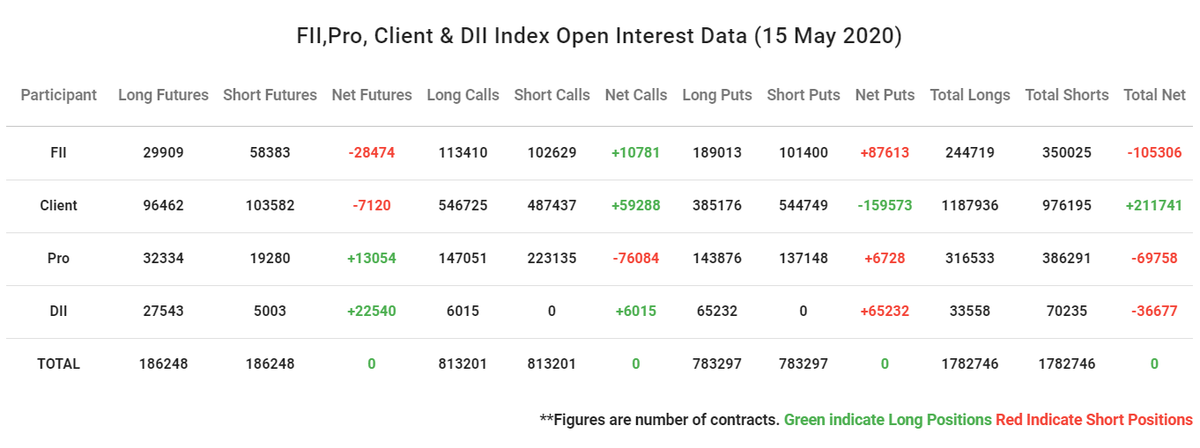
I keep getting asked about what books to read to learn about Options. My compilation
Beginners Options Books:
1) The Bible of Options Strategies - Guy Cohen
2) The Financial Times Guide to Options - Lenny Jordan
3) Simple Options Trading Formulas - Billy Williams
Beginners Options Books:
1) The Bible of Options Strategies - Guy Cohen
2) The Financial Times Guide to Options - Lenny Jordan
3) Simple Options Trading Formulas - Billy Williams
Books on Options Greeks:
1) Trading Options Greeks - Dan Passarelli
2) How to Calculate Options Prices & their Greeks - Pierino Ursone
1) Trading Options Greeks - Dan Passarelli
2) How to Calculate Options Prices & their Greeks - Pierino Ursone
Books on Options Volatility Trading:
1) Option Volatility & Pricing - Sheldon Natenberg
2) Option Trading: Pricing & Volatility Strategies & Techniques - Euan Sinclair
3) The Volatility Smile - Derman & Miller
1) Option Volatility & Pricing - Sheldon Natenberg
2) Option Trading: Pricing & Volatility Strategies & Techniques - Euan Sinclair
3) The Volatility Smile - Derman & Miller
Books on Options Trading:
1) Trading Options At Expiration - Jeff Augen
2) Options as a Strategic Investment - Lawrence Williams
3) Positional Options Trading - Euan Sinclair
4) Options Spread Strategies - Tony Saliba
5) Options Strategies for Directionless Markets - Tony Saliba
1) Trading Options At Expiration - Jeff Augen
2) Options as a Strategic Investment - Lawrence Williams
3) Positional Options Trading - Euan Sinclair
4) Options Spread Strategies - Tony Saliba
5) Options Strategies for Directionless Markets - Tony Saliba
Other important Options Books:
1) Options, Futures & other Derivatives - John Hull
2) Options Trading Strategies - Scott Danes
3) Covered Call for Beginners - Freeman Publications
1) Options, Futures & other Derivatives - John Hull
2) Options Trading Strategies - Scott Danes
3) Covered Call for Beginners - Freeman Publications
Websites to learn about Options
tastytrade.com
optionseducation.org
optionstradingiq.com
projectoption.com/options-tradin…
optionalpha.com/courses
tastytrade.com
optionseducation.org
optionstradingiq.com
projectoption.com/options-tradin…
optionalpha.com/courses
• • •
Missing some Tweet in this thread? You can try to
force a refresh







